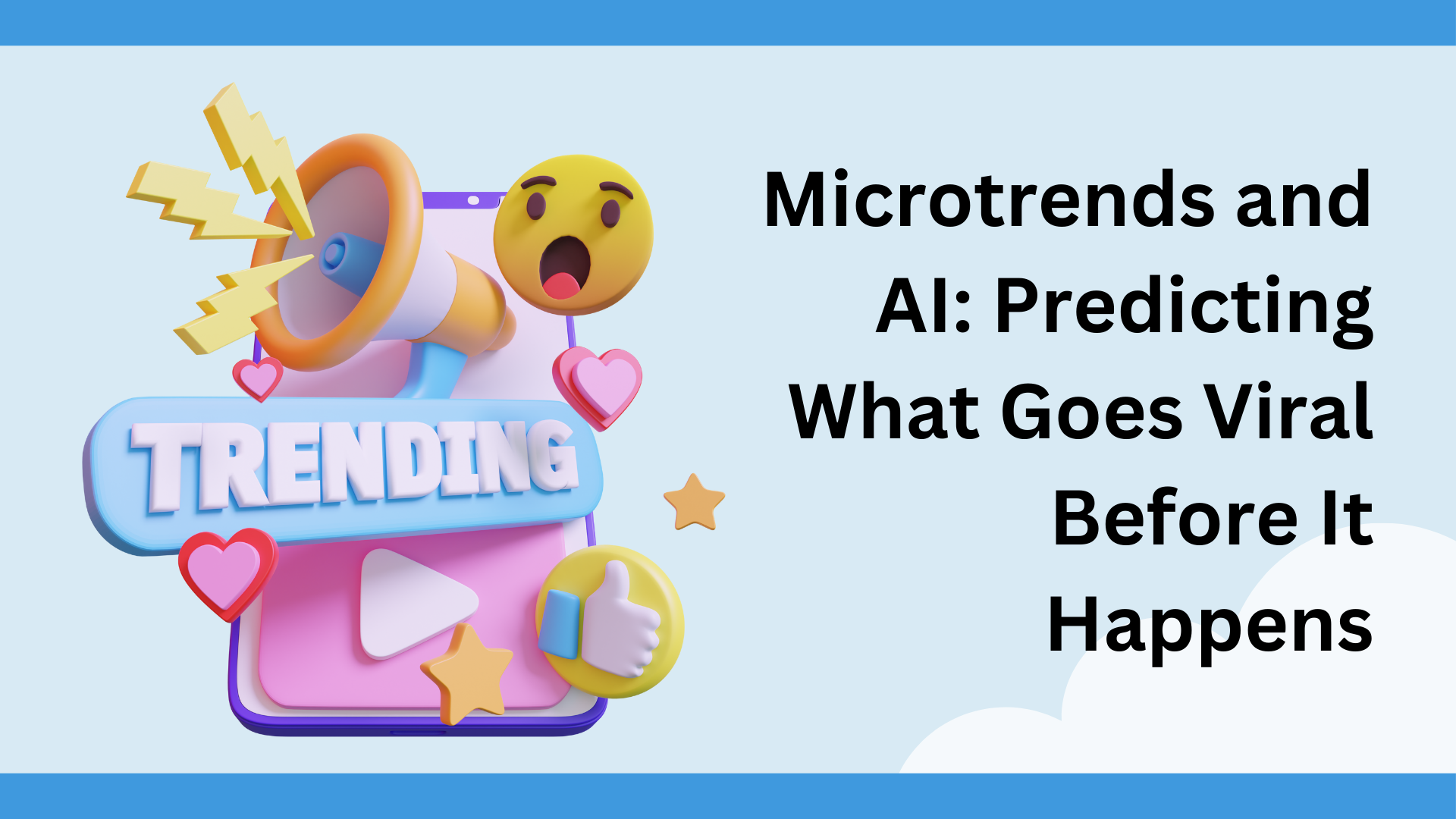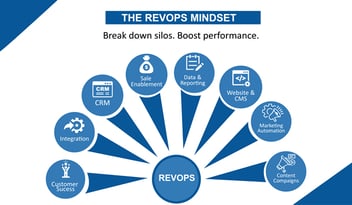What if your brand could spot the next TikTok trend, meme format, or product craze before it explodes?
That’s the promise behind AI trend prediction—the emerging science (and art) of identifying microtrends at the exact moment they start to bubble up, long before they go viral. While cultural virality used to be the domain of intuition and lucky guesses, artificial intelligence is flipping the script. Now, marketers, content creators, and ecommerce brands are using machine learning to surf the wave before it crests.
The future of viral content prediction isn’t some distant possibility. It’s already here—and reshaping how brands engage with digital culture.
What Are Microtrends, and Why Do They Matter?
Microtrends are small, fast-moving shifts in consumer behavior, language, aesthetics, or sentiment. Unlike broad macro trends, which unfold over months or years (think the rise of wellness culture or the return of 90s fashion), microtrends often emerge over days—or even hours.
A sudden spike in “coastal cowgirl” outfits on Pinterest. A Gen Z slang word that jumps from Reddit to Reels. A niche YouTube soundbite that shows up in a thousand TikToks overnight.
These microtrends might seem fleeting, but they can generate massive engagement when leveraged at the right moment. In a landscape driven by algorithmic feeds and short attention spans, being early to a microtrend can be the difference between a post flopping and one going stratospheric.
The Challenge: Human Trendspotting Isn’t Fast Enough
For years, trend prediction was left to sharp-eyed marketers, cultural consultants, or just someone with a good gut instinct. But there’s a limit to how much any human can observe, let alone analyze, in the chaos of the internet.
By the time a microtrend is “noticed” by a content team or social media manager, it’s often already saturated—or fading. That’s where AI trend prediction steps in.
Using algorithms trained on massive amounts of social, search, and behavioral data, AI can detect patterns and outliers far earlier than any manual method. Instead of looking backward at what’s worked, AI looks forward—flagging emergent signals that could become the next big thing.
How AI Predicts What Goes Viral
The process of viral content prediction with AI involves several interconnected technologies. First, natural language processing (NLP) scans platforms like TikTok, Instagram, Twitter/X, Reddit, and YouTube for changes in language, hashtag clusters, sentiment shifts, and creator collaborations.
Then, machine learning models analyze metrics like velocity (how fast a topic is gaining traction), depth (how niche or broad the audience is), and stickiness (how likely people are to replicate or share the content). Predictive systems also factor in historical data to find similarities between past viral events and emerging signals.
Take a meme format, for example. An AI system might notice an unusual frequency of image macros involving a new TV character on Reddit, detect a growing use of related hashtags on TikTok, and recognize that influential creators are starting to remix the format. Even if only 10,000 people are interacting with it today, the model can project its viral potential based on momentum and past analogs.
Companies like Black Swan Data and SparkToro are already offering platforms that integrate this kind of predictive analysis into marketing strategy. But increasingly, even in-house teams are building tools to monitor microtrends using AI dashboards.
From Prediction to Action: Why Timing Is Everything
Predicting a trend is only half the battle. Acting on it—at speed—is where real value is created.
A beauty brand that catches an emerging skincare microtrend can launch a TikTok collab or limited-edition product in sync with cultural curiosity. A media outlet that identifies a phrase or meme gaining steam can build an SEO-optimized article before search interest peaks. A SaaS company can create thought leadership content or visuals that tie into an unexpected moment, giving them algorithmic lift and cultural cachet.
In each case, AI trend prediction gives brands the most precious commodity in digital marketing: time. Time to create content while it still feels fresh. Time to place ads before CPMs spike. Time to shape the narrative instead of chasing it.
Case Study: Netflix and the TikTok-to-Watchlist Pipeline
Netflix has quietly become a master of viral content prediction by integrating social listening AI with viewing data. The streamer doesn't just wait for a show to go viral. It uses AI to detect when scenes, characters, or quotes are getting traction on TikTok or Twitter, then rapidly promotes those assets in paid campaigns, trailers, and thumbnails.
A great example is the sudden viral popularity of Wednesday’s dance scene—Netflix noticed the traction early via TikTok engagement and quickly pivoted to make it a centerpiece of their promotion. The result: a show that was already a hit turned into a cultural juggernaut.
Other companies are following suit. CETDIGIT, for instance, helps brands integrate predictive analytics into their CRM and content workflows—bridging the gap between what’s trending and what gets published.
Building a Microtrend-Driven Marketing Stack
To make use of AI-driven viral content prediction, brands need more than a trend report. They need infrastructure:
- Access to real-time social listening tools
- AI or ML models trained on brand-relevant datasets
- A rapid content production team or agency
- CRM and email platforms that can adapt messaging based on trending topics
In practice, this means linking tools like Sprout Social or Brandwatch to a backend system that feeds insights directly into editorial calendars, ad creatives, and influencer outreach. The more tightly this is integrated, the faster your team can respond.
Ethical Questions on the Horizon
With great prediction comes great responsibility. As AI gets better at identifying cultural movements, brands must tread carefully—especially when microtrends touch on sensitive or marginalized communities.
Jumping on a trend without understanding its roots can come off as tone-deaf or exploitative. That’s why human oversight, cultural fluency, and a clearly defined brand voice remain critical—no matter how smart your AI tools are.
The Bottom Line: Culture Moves Fast. AI Moves Faster.
The days of “wait and see” marketing are over. To stay relevant, brands must become fluent in microtrends and capable of acting on insights the moment they emerge. That’s no longer a pipe dream—it’s what AI trend prediction makes possible right now.
If you’re still relying solely on rearview metrics or creative hunches, you’re already behind. The brands winning today are the ones who know what’s coming tomorrow—and they’re using AI to meet the moment before anyone else does.





Leave a Comment